This summer’s long stretches of hot weather, little to no significant rain, and days of heavy forest fire smoke have made it a season for the record books. Now, with relief here in the form of cooler temperatures and more regular rain, it’s time to transition to a new season. Here are a few tips to get your yard and planters in shape for autumn.
First, now is the perfect time to reseed patches in your yard, overseed an existing lawn, or plant a new lawn entirely. Warm soil temperatures are crucial for seeds to sprout, and after the summer we had you can be sure our soils are still nice and warm, allowing grass seed to sprout quickly. Air temperatures, however, are beginning to cool off, which means you won’t have to water quite as much as you would during the summer—and you can take advantage of the occasional showers and rainy days to do some watering for you.
When you seed your lawn, carefully choose the seed mix you plant—all grass seed is not created equal. In our part of the world, fescue tends to be the dominant grass in lawns due to the fact it thrives in cool, wet winters (which, let’s face it—cool and wet tends to describe half the year for us!). For that reason, we recommend our own Vander Giessen Blend of grass seed, a premium mix with 50% fescue. With a decades-long track record of growing healthy, beautiful lawns here in the Pacific Northwest, the Vander Giessen Blend is the right mix for our climate. Remember, if you choose a seed mix mostly made up of perennial ryegrass, your lawn may sprout faster but will more easily die off in winter. Growing a healthy lawn is not a sprint, but a marathon, so choose the Vander Giessen Blend and see how much better your lawn performs over the long term.
Second, September is the perfect time to feed your lawn for fall, but don’t make the mistake of feeding it right away with a winterizer blend. After the recent rain and cooler temperatures, our lawns will begin to grow once again, and to feed with winterizer now and expect that to be your last feeding for the year is no different than me expecting my 3-year old to wake up from an afternoon nap, have a snack and be ready to go right back to bed. It just doesn’t work that way!
In reality, Pacific Northwest lawns can grow well into November, and during that time your lawn will need food to continue its growth. Feed now with Scotts Turf Builder—consider it a mid-day snack—then let it grow, waiting to give it a dose of winterizer in late October or even November as a final meal before you put the lawn to bed for winter. Feeding with winterizer in late autumn will help your grass build strong roots and sustain it for the long winter months ahead.
Third, now is the time to begin freshening up the planters on your porch for autumn. Summer’s heat this year was exceptional, and even the best-cared-for plants are beginning to tire. Mums, winter pansies, and ornamental cabbage are all excellent for seasonal color, and winter pansies will bloom well into next spring, but if you’re looking for an extra, different texture for your containers, try adding gaultheria (commonly called wintergreen) to your pots.
Wintergreen’s round evergreen leaves make a nice backdrop to the bright red berries it shows off from late fall through mid-spring, and it’s incredibly cold-hardy, so it will look good in your pots all winter long. In spring, either keep it in your pots—the low-growing form of wintergreen makes it a nice filler for containers year-round—or transplant it into the garden for a slowly-spreading groundcover.
As enjoyable as summer weather can be, I’m grateful for the rain! Enjoy the new beginnings that a fresh season offers in the garden.


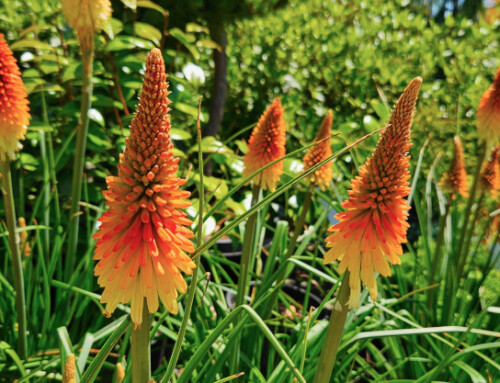
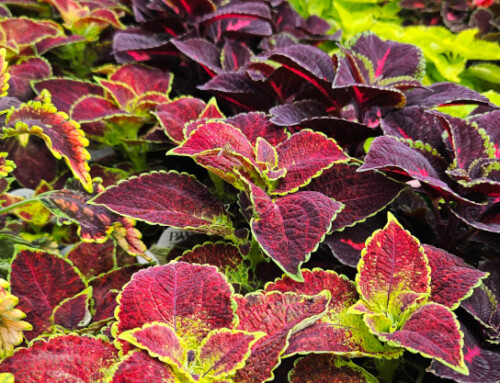
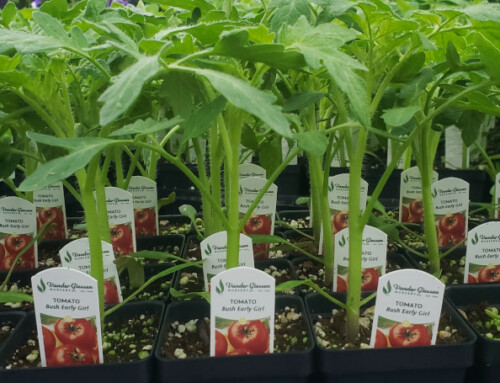
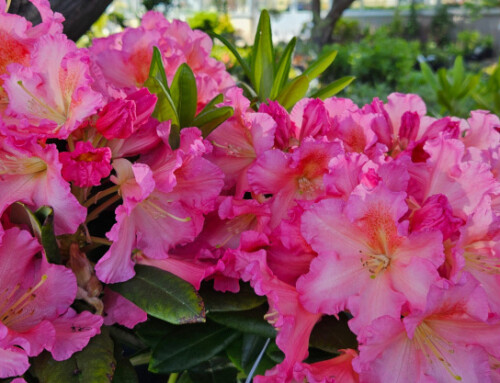
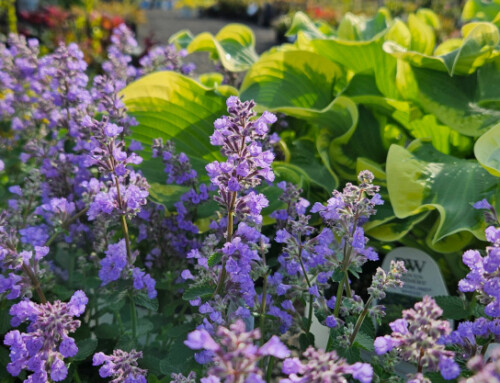
Leave A Comment